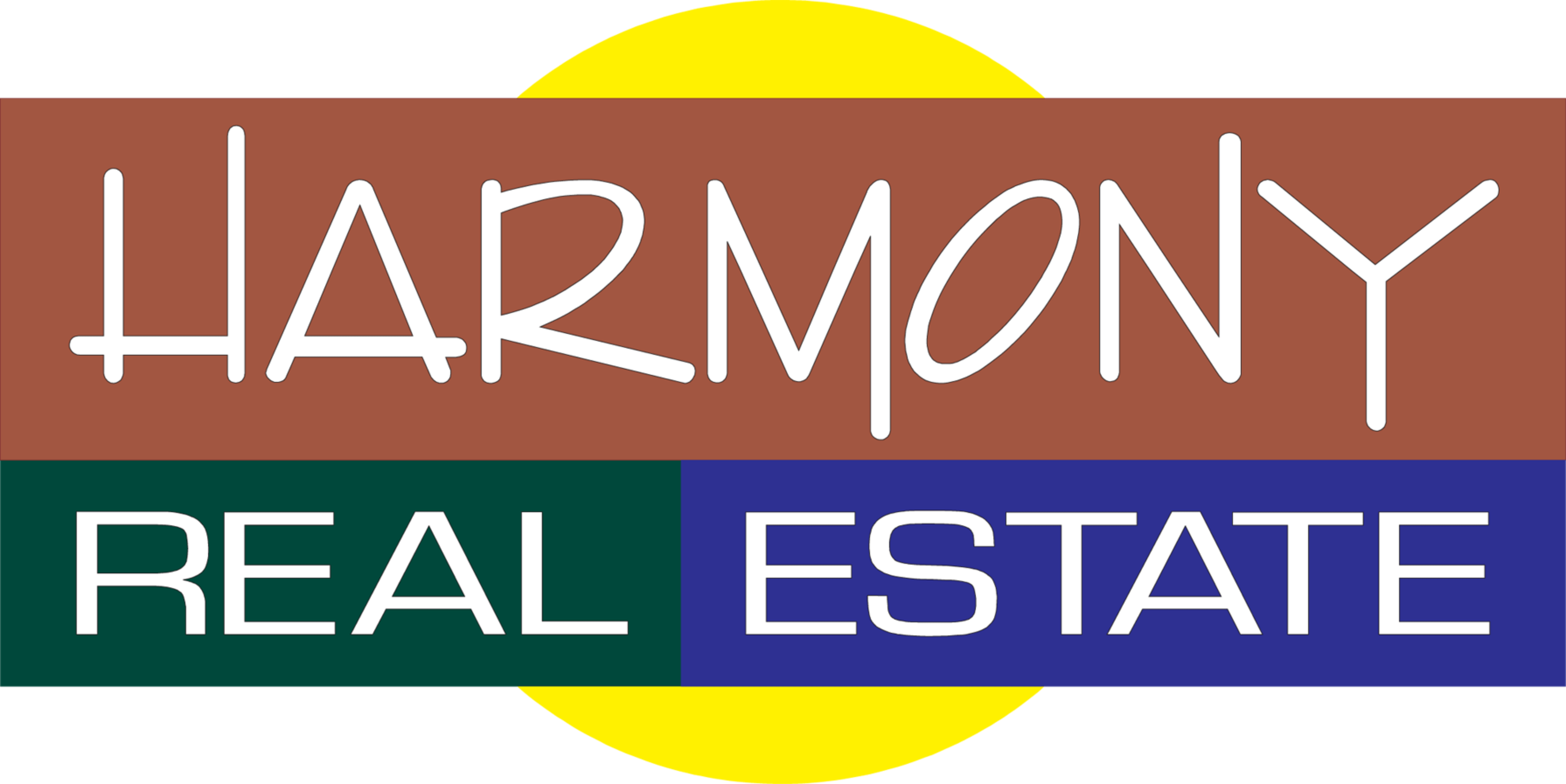Should Radon be in your Southern New Hampshire house?

What is Radon?
Radon is a naturally occurring radioactive gas that you cannot see, smell, or taste. It is a carcinogen that has been proven to cause cancer. The Surgeon General warned that Radon is the second leading cause for lung cancer in the United States today. If you smoke, and there is Radon in your home, then you are at an even higher risk for lung cancer. If you are looking for more information on radon you can check out the EPA website at www.epa.gov/iap/radon/pubs/index.html or call the New Hampshire Bureau of Environmental & Occupational Health at (603) 271-4610.
In 1899, English physicist Ernest Rutherford first discovered Radon. The discovery is also credited to German physicist Friedrich Ernst Dorn in 1900. Rutherford discovered Radons’ alpha radiation, and Dorn discovered that radium was releasing a gas.
Radon is a colorless chemically-unreactive inert gas. It is the heaviest known gas. Radon is 9 times denser than air. Because it is a single atom gas it easily penetrates many common materials like paper, leather, low-density plastic, paints, building materials, and most insulations.
How is Radon made?
Radon is not produced as a commercial product. Radon is a naturally occurring radioactive gas and comes from the natural breakdown of uranium. It is usually found in igneous rock and soil. In some cases, well water may also be a source of radon. New Hampshire is the granite state and radon can come through the rock in the ground and other soils and clays and come into our homes.
What happens when you’re exposed to Radon?
Human exposure to radon are inhalation and ingestion. Radon in the ground, groundwater, or building materials enters working and living spaces and disintegrates into its decay products. Although high concentrations of radon in groundwater may contribute to radon exposure through ingestion, the inhalation of radon released from water is usually the concern.
Testing is the only way to know if you have Radon in your home. The EPA indicates that any readings above 4.0 pCi/L in the air are not acceptable levels and should be mitigated. It is recommended that the testing device be put in the lowest level suitable for occupancy and typically is left for readings in a 48-72 hour time frame.
How do you get rid of Radon?
If you do find Radon in the air of your Southern NH home, you can reduce the exposure to an acceptable amount on your own for around $500, but this is not recommended because it is a dangerous gas. We suggest you find a Certified Radon Mitigator in your area. For radon air, the professional will usually install a sub-slab depressurization method by inserting a PVC pipe through the basement floor and venting it out the roof with a fan and typically runs from $1200-$1500 in Southern New Hampshire.
For radon in the water, the State of NH recommends a level lower than 2000 pCi/L but there is no standard EPA regulatory limit. The cost to mitigate radon in the water runs from $2500-$5000. Aeration is the method suggested by the State of New Hampshire to get rid of radon in water and sometimes require an additional water softener system, if there are high levels of iron or manganese. Every state has their own guideline as to what they feel is safe and you need to go with what makes you feel safe in your Southern New Hampshire home.
If you are looking to test for radon in your Southern New Hampshire home and would like some suggestions on a Certified Radon Mitigator feel free to give us a call at Harmony Real Estate at (603) 883-8840. We would love to help you better the quality of life for you and your family in your Southern NH home.
